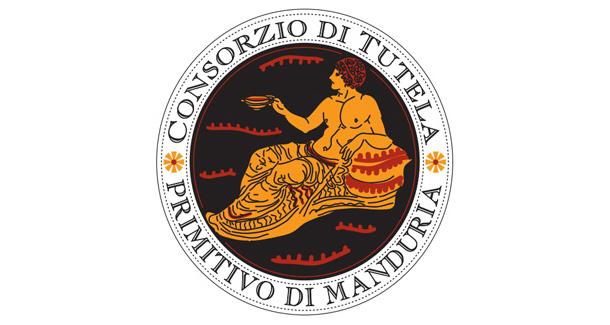Zinfandel’s Italian Cousin: Primitivo di Manduria from Apulia
Getting familiar with Italian wine can be like studying for an exam in which you have to categorize and name all the pebbles on a rocky beach, hoping that your professor has categorized and named the pebbles in the same way. The fact that Italy has over 2,000 indigenous grape varietals and countless more imports, in combination with the somewhat confusing DOC, DOCG, IGT and Vino da tavola labels, can discorage many foreign consumers from getting to know anything more about Italian wines and their names than Chianti, Barbera, and Amarone.

However, beneath those 5-word labels ambiguously referring to the wine-maker, winery, grape varietal and/or specific name given to each particular wine, there is a hidden familiarity in one of Puglia’s most popular wines. Dedicated fans of America’s Zinfandel, looking to expand your knowledge across the ocean, get ready for a fling with Zin’s charming Italian cousin: Primitivo di Manduria DOC.
As wine production became global in the 20th century, Zinfandel and Primitivo were originally labeled as two separate wines though they are from the same varietal. Zinfandel was brought to the United States in the 19th century, and quickly became the wine of America. This grape was at first prevalent in the cheap Italian-American “dago red”, but then gained status and class because of its high production rate and adaptability. Soon it became the king of American wines.

During this time, the “heel” of Italy’s boot, comprised of the Salento region of Puglia, was producing its own wine from the Primitivo grape, introduced in the 18th century. The region was poor and largely agricultural, and the grapes growing in the fertile limestone soil rendered a bold, tannic purple wine that acquires a burnt-orange hue with age. The wine has continued to hold popularity in the region, but has expanded to include a global fan club, and is often paired with salami, meat plates, pasta with ragù, and flavorful cheeses.

It was noticed that the two grapes were similar in the 1970’s, and they were soon after genetically analyzed and declared to be identical. The assertion that the wines are identical can still hit some hot spots with purists, but it is generally accepted that both wines come from a shared origin. Where is this font of the robust wines that Italians and Americans have come to love, know, and revere? Napa? Nope. Sicily? Wrong again. Or perhaps France or Spain, the other hailed wine cultures of Europe? Not quite. America and Puglia’s wine varietal originally comes from the humble and less enologically-celebrated country of Croatia, from an ancient varietal called Crljenak.
So, the next time that you are perusing the Italian wine section in search of an accompaniment to dinner, straining to find something new amid the majority of Chiantis and sporadic Valpolicellas, look for Primitivo (at times marketed in the United States as Primativo Zinfandel or just Zinfandel to attract a larger consumer base). You’ll be sure to satisfy the palates of Americans, Italians, and Croatians alike.

